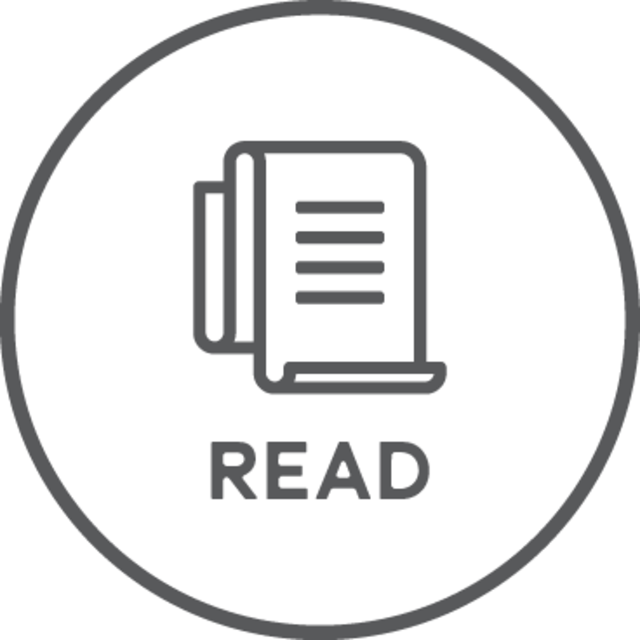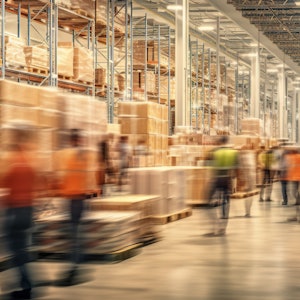
While behavioral cues can nudge consumers toward the bin, the real work of recycling happens after the truck pulls away. That’s where material recovery facilities, or MRFs, take over. It’s also where a lot of the complexity begins. That was the subject of a panel at Packaging World’s 2025 Packaging Recycling Summit in Dallas, entitled, “Smart Sorting, Smarter Packaging: How Innovation in MRFs Impacts CPG Packaging Recyclability.”
As Joaquin Mariel, chief commercial officer at Balcones Recycling, explained, “We get labeled as the recycler a lot, but we don’t actually recycle anything.” Instead, MRFs operate at the crossroads of infrastructure and manufacturing. Their product is the sorted bale—paper, plastic, metal, or glass—and their business model depends on both processing fees and the ability to sell those bales into commodity markets.
It’s a high-stakes balancing act. “We know what it takes to turn the lights on every day,” said Jeff Snyder, SVP of recycling and sustainability at Rumpke. “So we look at the value of the combined single stream coming in. If it’s above our threshold, we can share revenue with the municipality. If not, we charge a processing fee.”
 | Watch this related video, “Inside Republic’s New Indianapolis Polymer Center” |
It’s simple math, but with moving variables. Paper still makes up the bulk of what comes in—over 55% in many regions—but prices fluctuate, and contamination adds cost. “People focus a lot on specific items, but we’d rather remove $50 worth of residue than gain $10 more from toothpaste tubes,” said Jim Marcinko, recycling operations director for WM.
Material values also shift daily. Plastic markets are volatile, aluminum is strong, and glass, while low in value, is easy to sort and in high demand where infrastructure exists. “Eighty percent of the glass we take in Ohio gets recycled in-state,” said Snyder, who noted Rumpke operates its own glass processing plant. But in places without nearby markets, glass can be a net loss.
Labor also plays a role. AI and optical sorters have reduced headcount, but upped the need for skilled technicians. “We’ve cut staff from 35 or 40 to as few as 10 to 15 per shift,” said Snyder. “But the jobs are higher paying.”
Marcinko noted that WM recently completed a $1.4 billion upgrade of 50 facilities, shifting from manual sorting to a more capital-intensive model that includes advanced optics, AI, and even X-ray systems that detect hazards like batteries and propane tanks.
Still, technology is only part of the solution. Volume and consistent feedstock matter, especially for smaller markets. “You can’t pay back a million-dollar optical sorter with one less line worker,” said Mariel. “The scale has to be there.”
That variability is a key challenge for brands aiming to design recyclable packaging. A material might work well at one MRF but get lost or misrouted at another. And most recyclers aren’t in a position to give a definitive yes or no on recyclability. “We don’t want to get sued for saying something is recyclable everywhere when it’s not,” said Marcinko.
What they do want is partnership. The recyclers all encouraged brand owners to come visit, test their packaging, and see how it performs on different lines. “You can RFID-tag a package, run it through the line, and see exactly where it ends up,” said Snyder. “Did we recover it? Did it go to the right place? That’s how you make better design decisions.
 | Read this related article, “WM Doubles Down on Recycling: A Conversation with VP Brent Bell” |
And it’s not just about sorting, it’s about creating end markets, too. “If you’re using recyclable packaging, are you buying it back?” asked Justin Davis of AMP. “We want to recycle your material, but we also need demand for the bales we produce.”
As Snyder said plainly, “If I can’t find a place to sell it, it’s not recyclable.”
At the end of the day, recycling isn’t easy. It’s shaped by infrastructure, commodity prices, geography, and policy. It requires brands to think beyond intention and design for the systems that exist, no matter how disparate. But it’s also an industry making massive capital investments and evolving rapidly. That’s why the panel urged brands to stay the course.
“Don’t give up. Don’t go backwards on your commitments. Let’s keep driving through whatever the economic conditions are or political conditions,” advised Mariel. “This is a long-term process. It’s a long-term play. I think we have shown as companies that we’re willing to make long-term investments.” PW

























